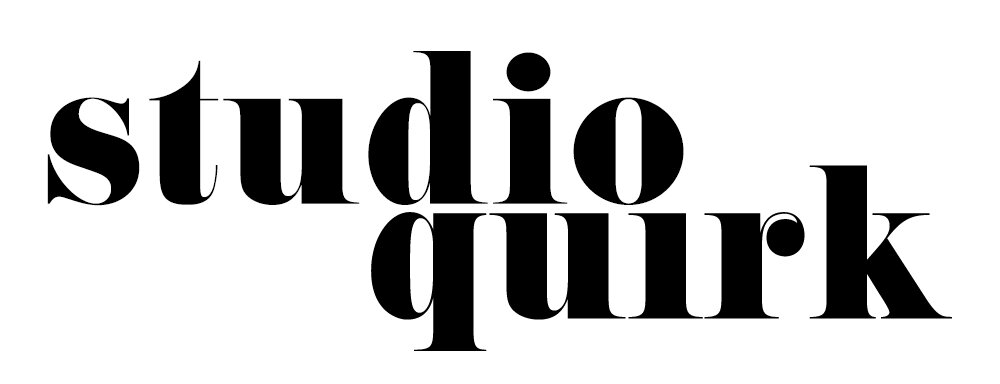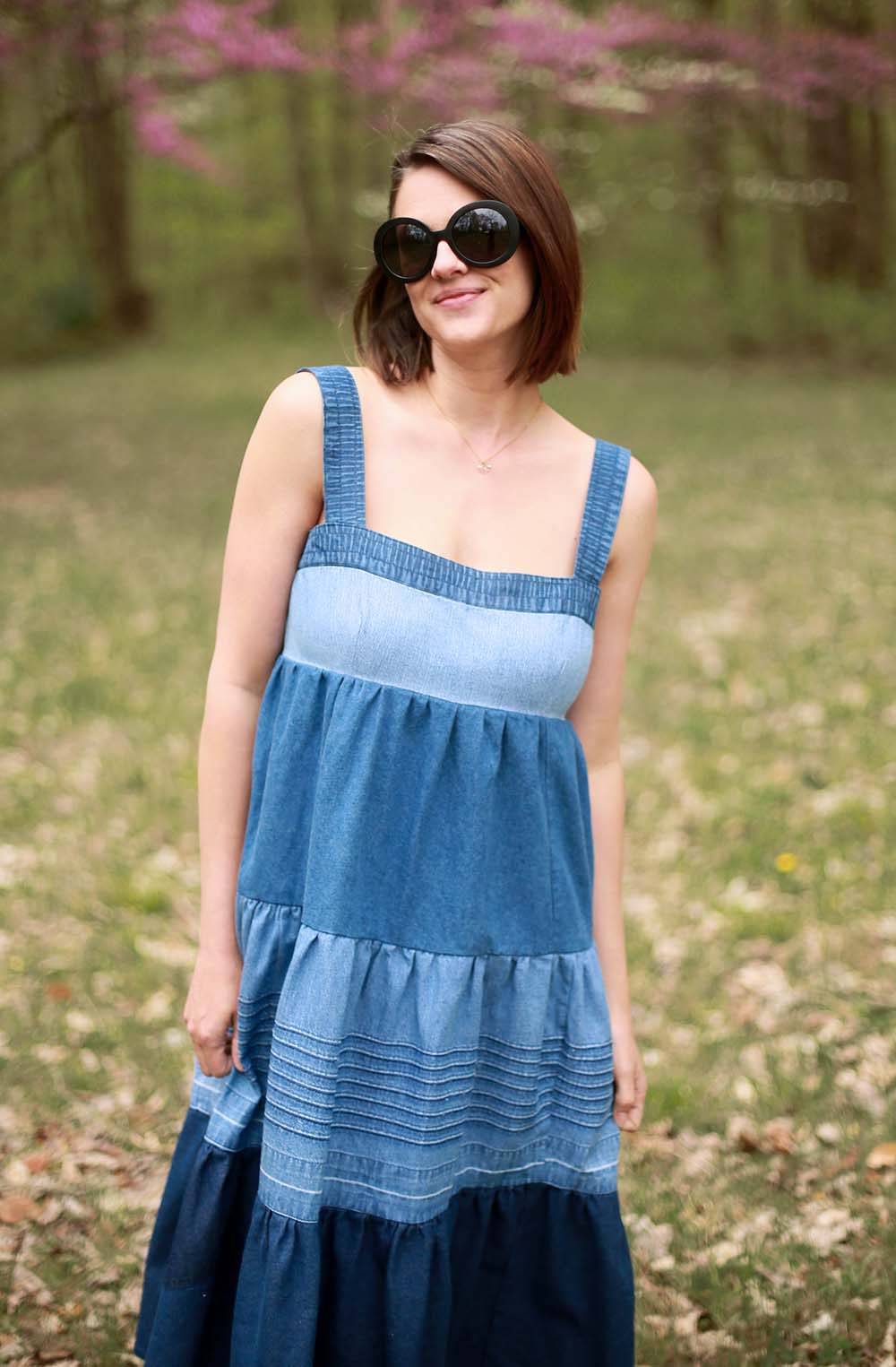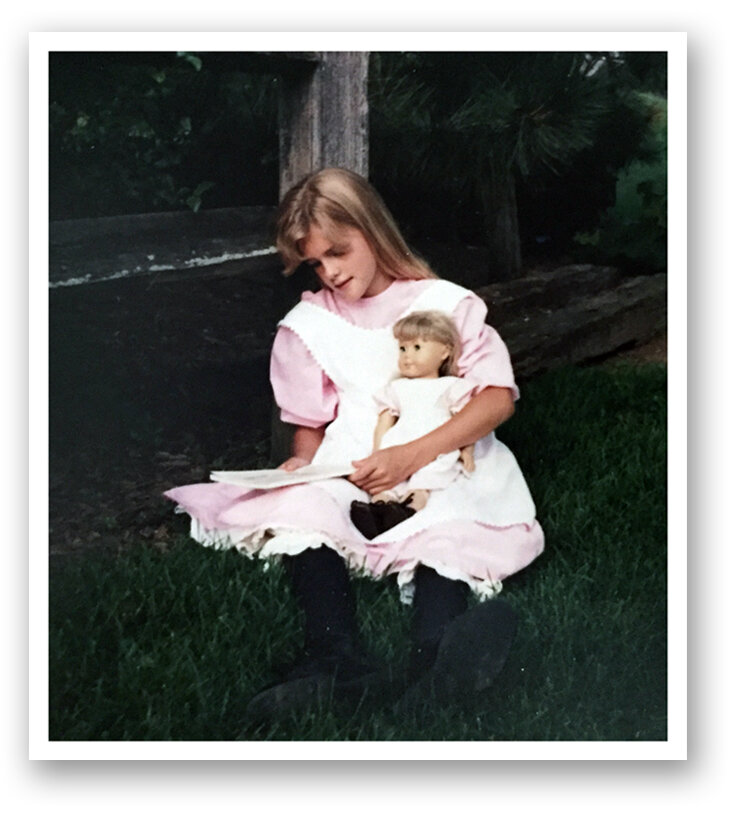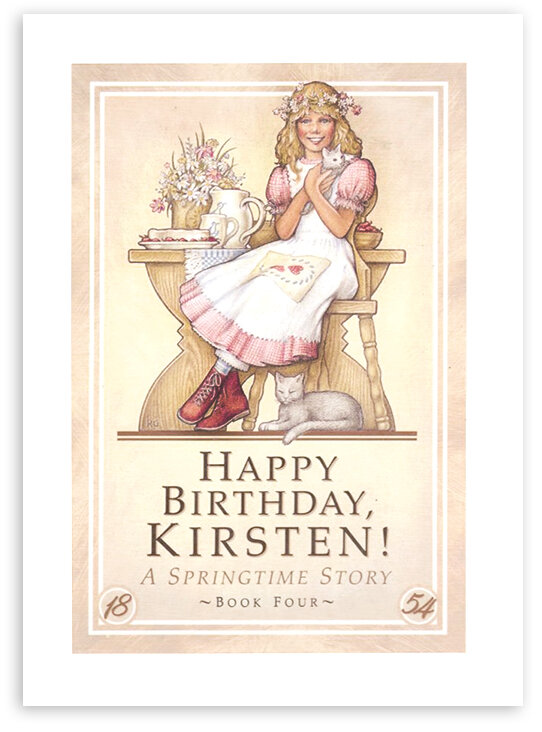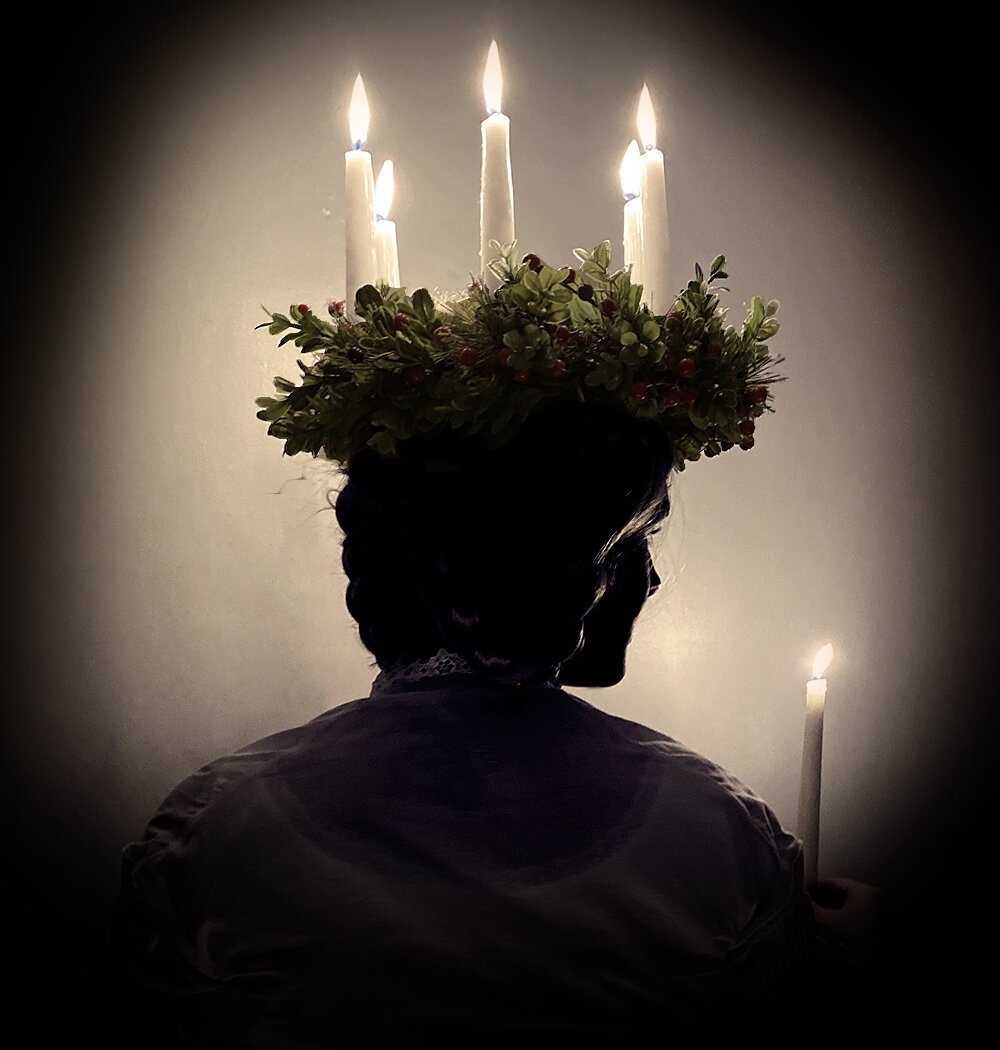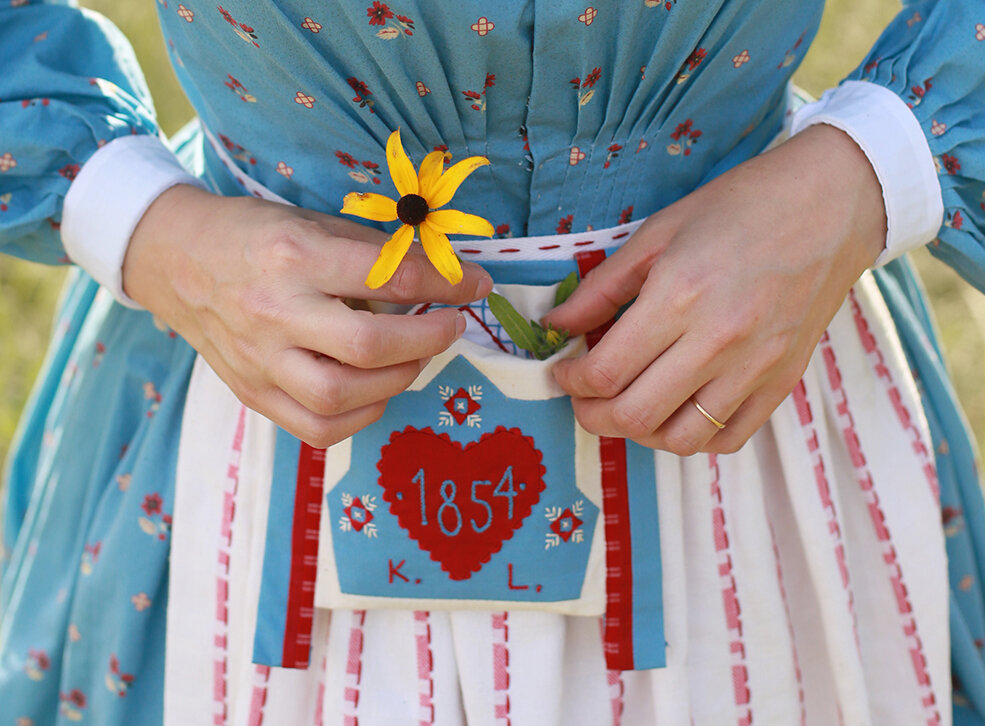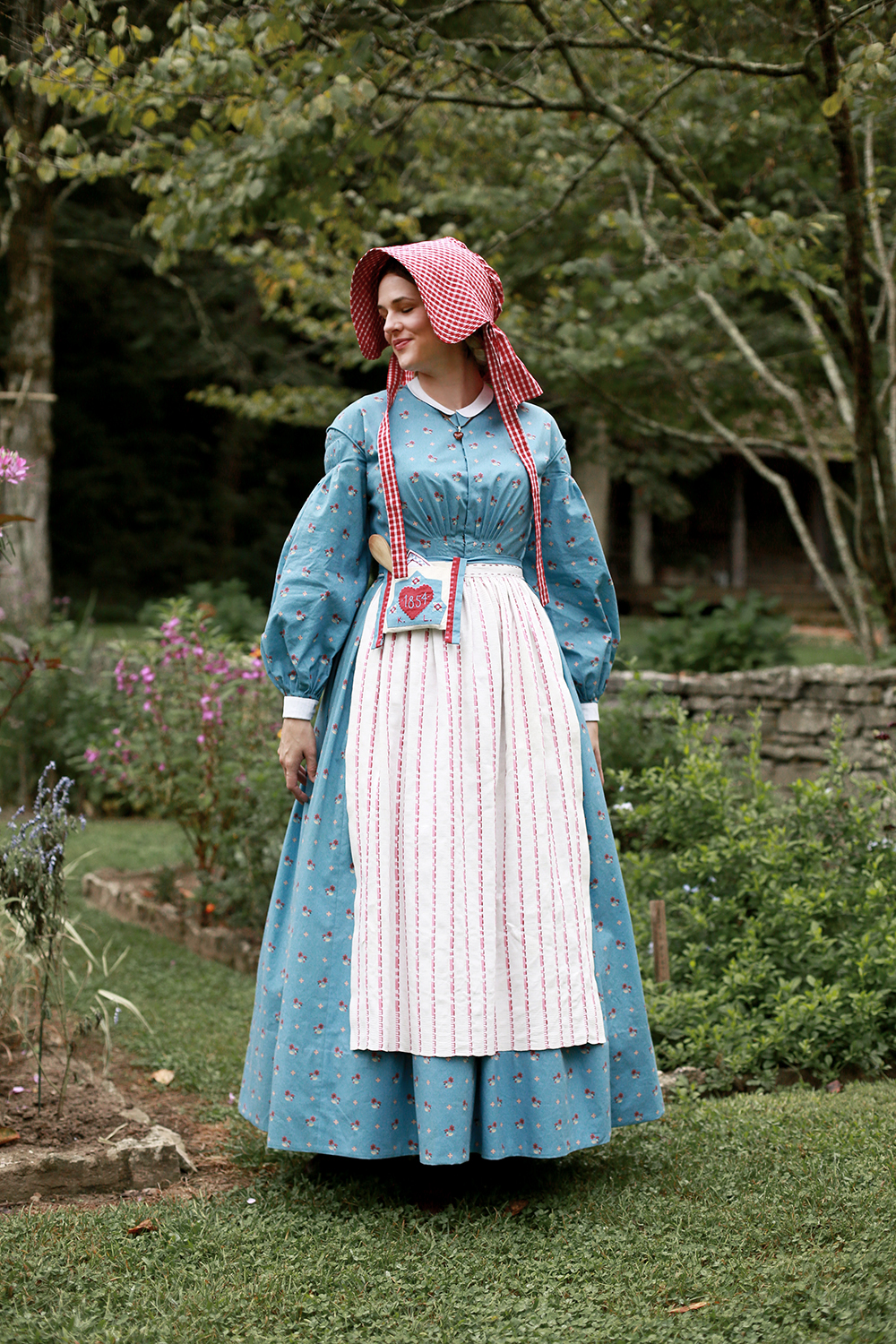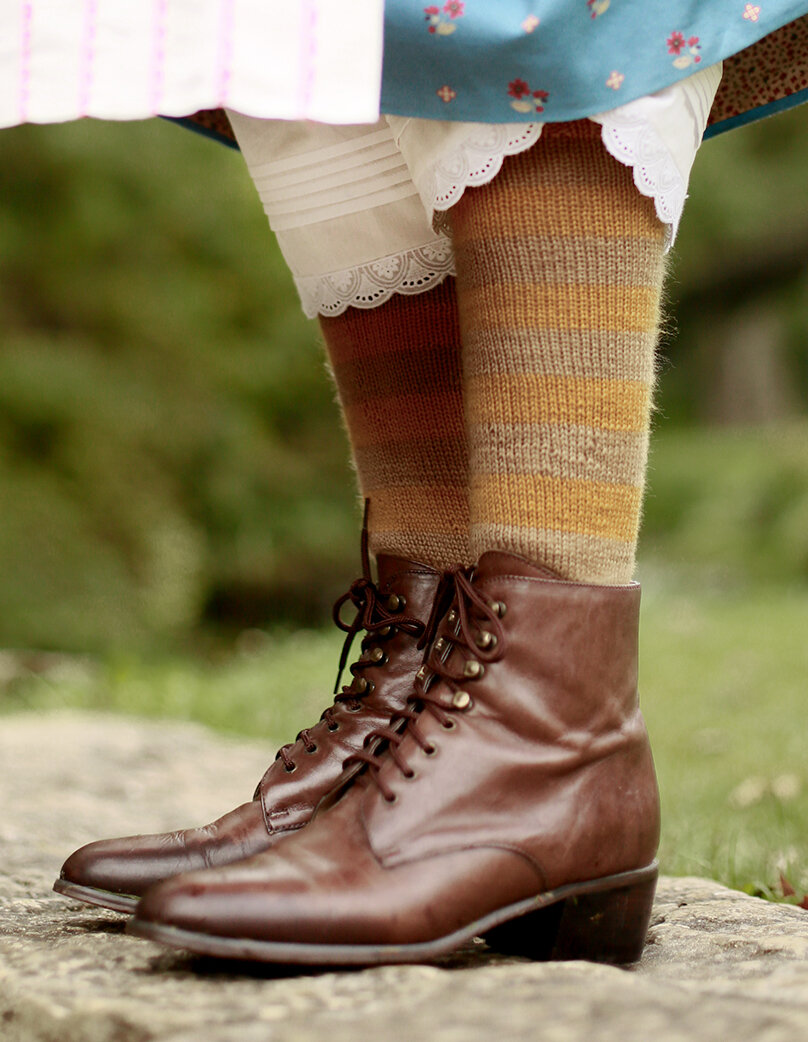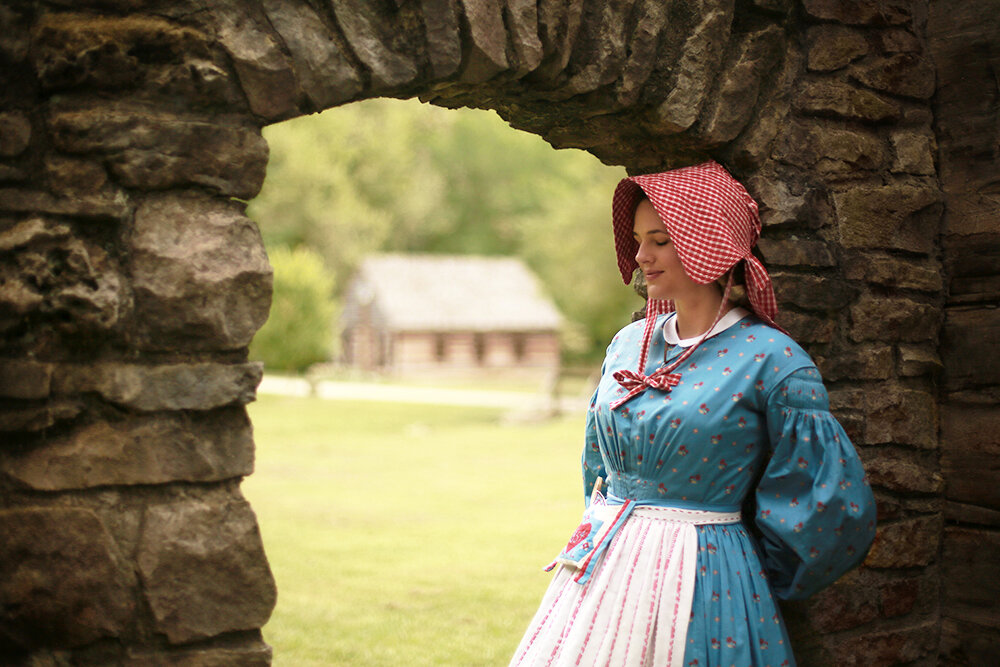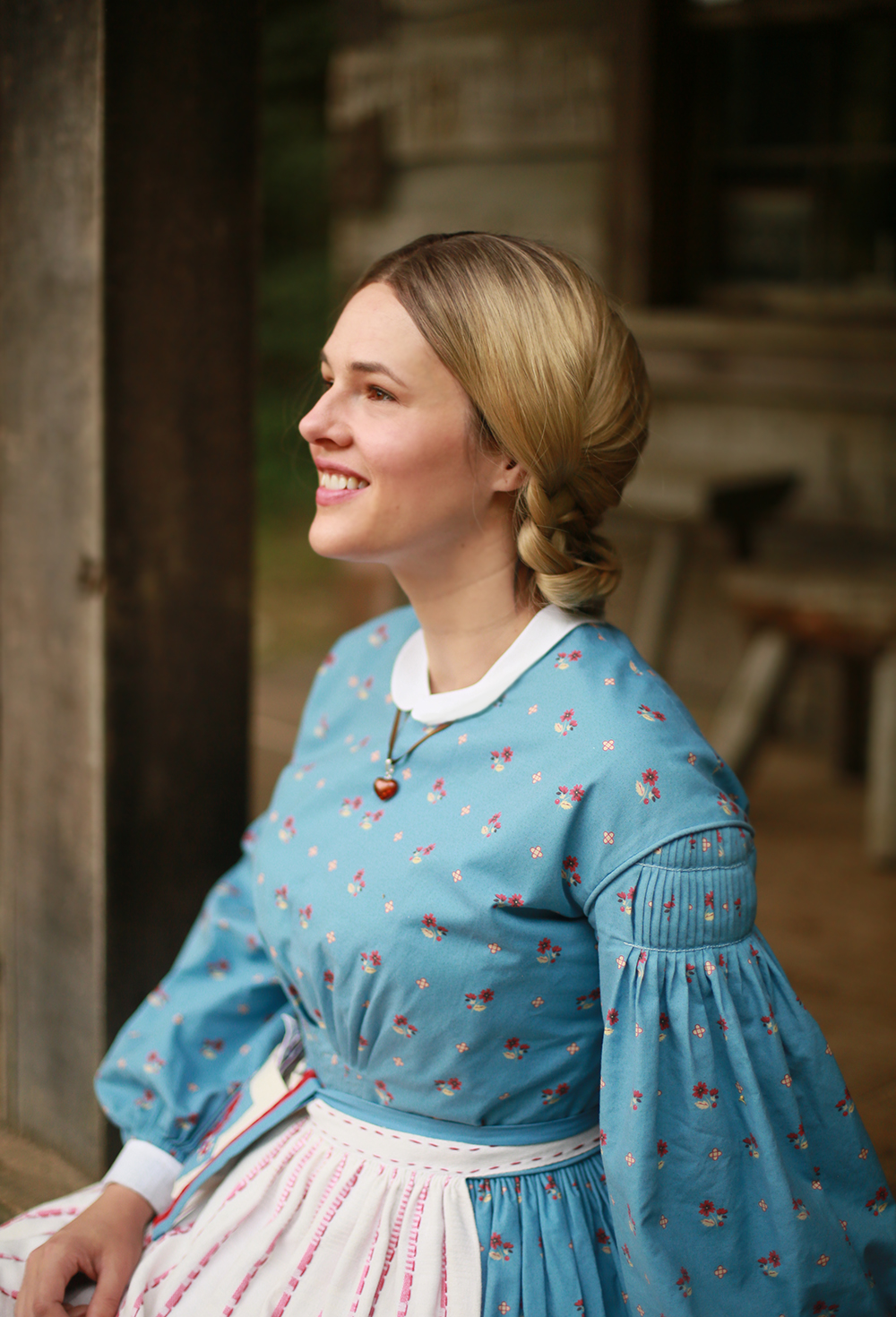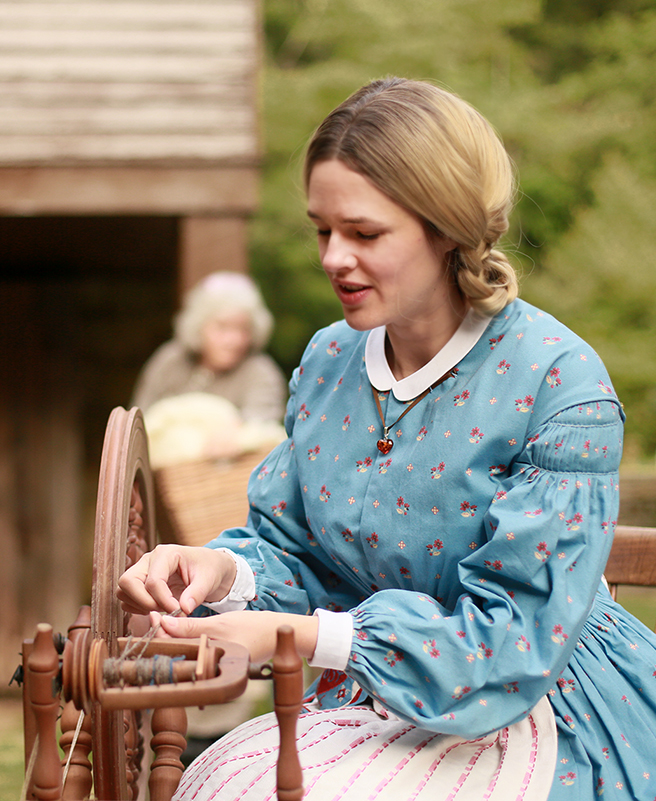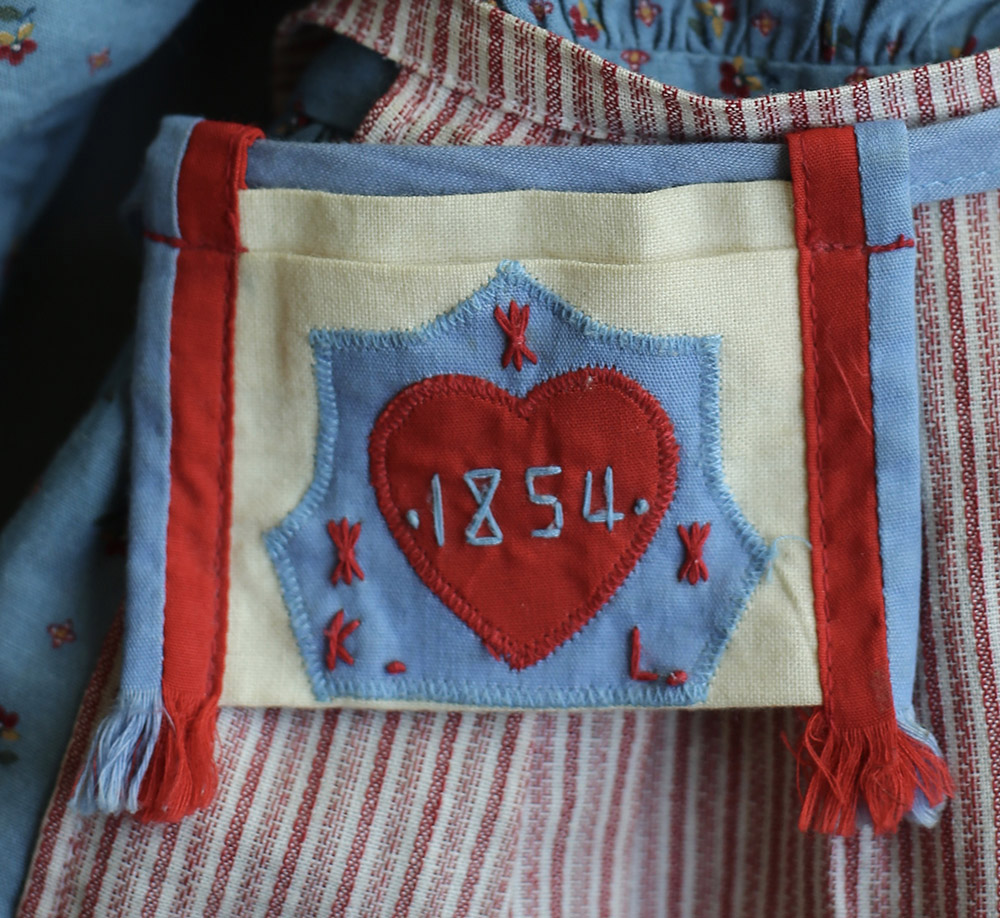The Kirsten Project | Happy Birthday, Kirsten!
/It’s a new year and it’s time for another edition of The Kirsten Project! I’ve already recreated her looks from Meet Kirsten, Kirsten’s Surprise and Changes for Kirsten and for this version, I’m taking inspiration from Happy Birthday, Kirsten!
LITTLE JESS around age 10, wearing a mom-made birthday dress and apron, a gift I received for my own tenth birthday, just like kirsten!
The mission of The Kirsten Project is to study and recreate each cover illustration and corresponding outfit through a cultural and historical lens. I’m not doing a carbon copy - rather using the Pleasant Company books and material culture together with research such as fashion plates, extant dresses and daguerrotypes to inspire my costumes.
In my first three outfits I stayed pretty close to the Pleasant Company source material, making allowances for style differences between girls and women (primarily making the skirt hems longer) and my fabric choices (for example, for my Meet costume I used the color story in a print I designed to scale better for an adult dress).
ORIGINAL COVER OF HAPPY BIRTHDAY, KIRSTEN! by Janet Shaw, ILLUSTRATED by RENÉe Graef
This time, I’m planning on taking a slightly new approach to Kirsten’s springtime dress. As you can see in the gorgeous cover art illustrated by Renée Graef, she wears a puffed sleeve pink gingham dress with a white pinafore, red boots and flower crown.
If you look at each of the first four historical characters’ birthday dresses, a common thread is the feminine and fluffy style. For example, Felicity, Kirsten and Samantha all wear pink dresses with aprons or pinafores layered on top and flowers in their hair. The original American Girls, Kirsten, Samantha and Molly all have some sort of gathering or ruffles on their dresses. And yet, of all of those four characters, because of her circumstances (penniless immigrant pioneer farm daughter), Kirsten would have probably been least likely to get a special dress just for her birthday, or even just for the spring season. I know I know. Part of the fun of the American GIrl books and dolls are new occasions and the special new outfits but if history is speaking, it’s unlikely Kirsten would have enjoy such an ensemble. And yet, the costume still reflects to the era and I’m so excited to show you how I plan to interpret this into my costume.
So here’s how this edition is going to be different…
I’ve spent a lot of research time on the everyday practical dresses of the mid 19th century, so I’d like to change lanes and use the cover look of Happy Birthday, Kirsten! to explore the fashion trends of the 1850s. I’ll stay true to the pink and white color scheme but interpret Kirsten’s childlike silhouette into something that a stylish adult woman could have worn.
In the next few weeks I hope to source and order the 8-12 (!!!) yards of fabric I need for the dress I’ll be creating, plus flowers, boots, accessories, and baby kittens (jk). My previous costumes were made thanks to the very generous financial support of my friends and readers and if you’ve enjoyed my work, I’d really love your backing on this edition too. It means so much to me to have your words of encouragement and patronage on this project!
You can chip in any amount via venmo.com/jessicajquirk or paypal.me/whatiwore
Between now and the final costume reveal, I’ll be posting my research here on my blog, which will aim to give background context to the choices I’ve made in the end look. Thanks for joining me with The Kirsten Project! I’ve loved every second of planning, creating and sharing it with you!
My original copy of happy Birthday, kirsten! with my original pleasant company doll’s dress. the flower crown is homemade.
